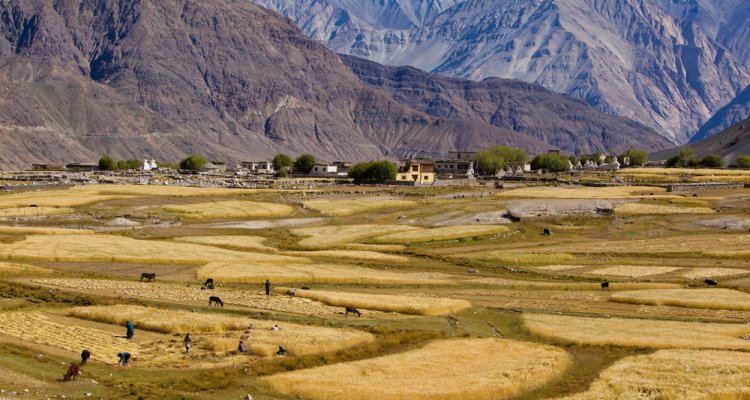
News
The Impact of Climate Change on Food Security
Asia’s wheat, rice and sugarcane provide food and livelihoods for millions. But, melting Himalayan glaciers are disrupting the water supply these crops rely on.
The impact of climate change on food security will be severely felt in Asia. The continent’s central glaciers are crucial to millions of people who rely on their meltwater for their crops. However, increasing temperatures mean these vital freshwater reserves are melting at an unprecedented rate, with some predicting the Himalayan glaciers may disappear by the end of the century. The consequences of this loom large. About a dozen rivers originate in the Himalayas, including the Ganges, the Indus and the Yangtze, with up to 2 billion people living around these river basins.
“This region is known as the third pole, because, after the North and South Pole, it has the third largest amount of snow and ice stores on Earth”, explained Hester Biemans, a researcher in water and global food Security at Wageningen University in the Netherlands. The difference is that the melt from this third pole directly impacts a major global food-producing region, with millions of people relying on this water for food and livelihoods, she said.